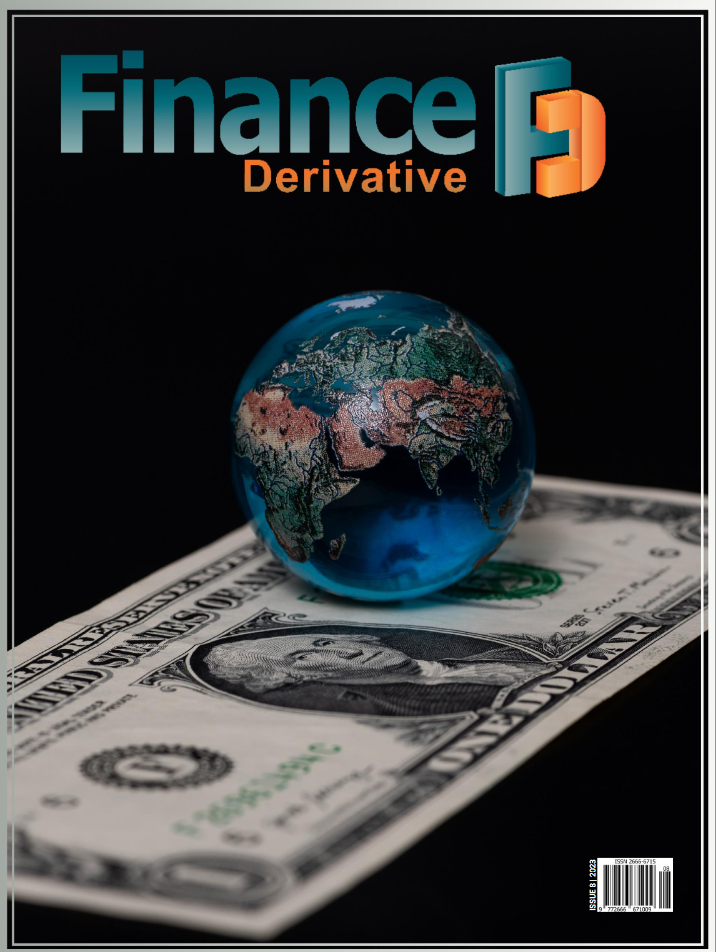Napier, provider of leading anti-financial crime compliance solutions, has announced that former NatWest Group Head of Financial Crime Quality and Standards, William Monk, will become its new Chief Product Officer (CPO), while current CPO, Nick Portalski, moves to the role of Chief Solutions Officer (CSO).
Monk’s experience in the finance sector includes stints at major high street banks including HSBC, Barclays and most recently NatWest. As Napier’s new CPO he will be leading the RegTech’s long-term product vision for next generation SaaS financial crime solutions.

Julian Dixon, founder and CEO at Napier, said: “Having William on board to oversee our product innovation will not only bring us enormous clout, his unrivalled expertise will also help take Napier to the next level, building on the fantastic work that Nick has already done. Nick moves to a newly created client-facing role where we’ll be able to leverage his expertise in our technology to enhance our customer offering. This position was purposely formed to show our commitment to our customers, ensuring that we fully understand and deliver to their requirements.”
Portalski, one of Napier’s founders, said: “Napier’s rapid growth means we’re seeing our products being integrated into the AML processes of many varied financial organisations around the world. My new role will ensure they get the absolute best from our platform as we work together to deliver a joint vision of AML in the 21st century.”
On his appointment, Monk commented: “Having worked on the frontline of anti-financial crime in banking for the past 15 years, I have direct experience of the challenges Napier’s clients are facing. From rising technology costs to sub-optimal tools, processes and data management, and of course the rapidly evolving and ever demanding regulatory environment. I’m delighted to be taking on the role of CPO at Napier and to be working with a team who are equally passionate about delivering a product roadmap that will raise compliance technology to new levels, making a difference to the customers we serve.”
Napier’s AI-enhanced platform for intelligent financial crime compliance is the tool of choice for over 200 clients worldwide, including tier-one banks, payment providers, FX, crypto and other financial institutions. This news follows the recent appointment of Kevin O’Neill as CRO and an upscaling of operations across EMEA, APAC and North America.

